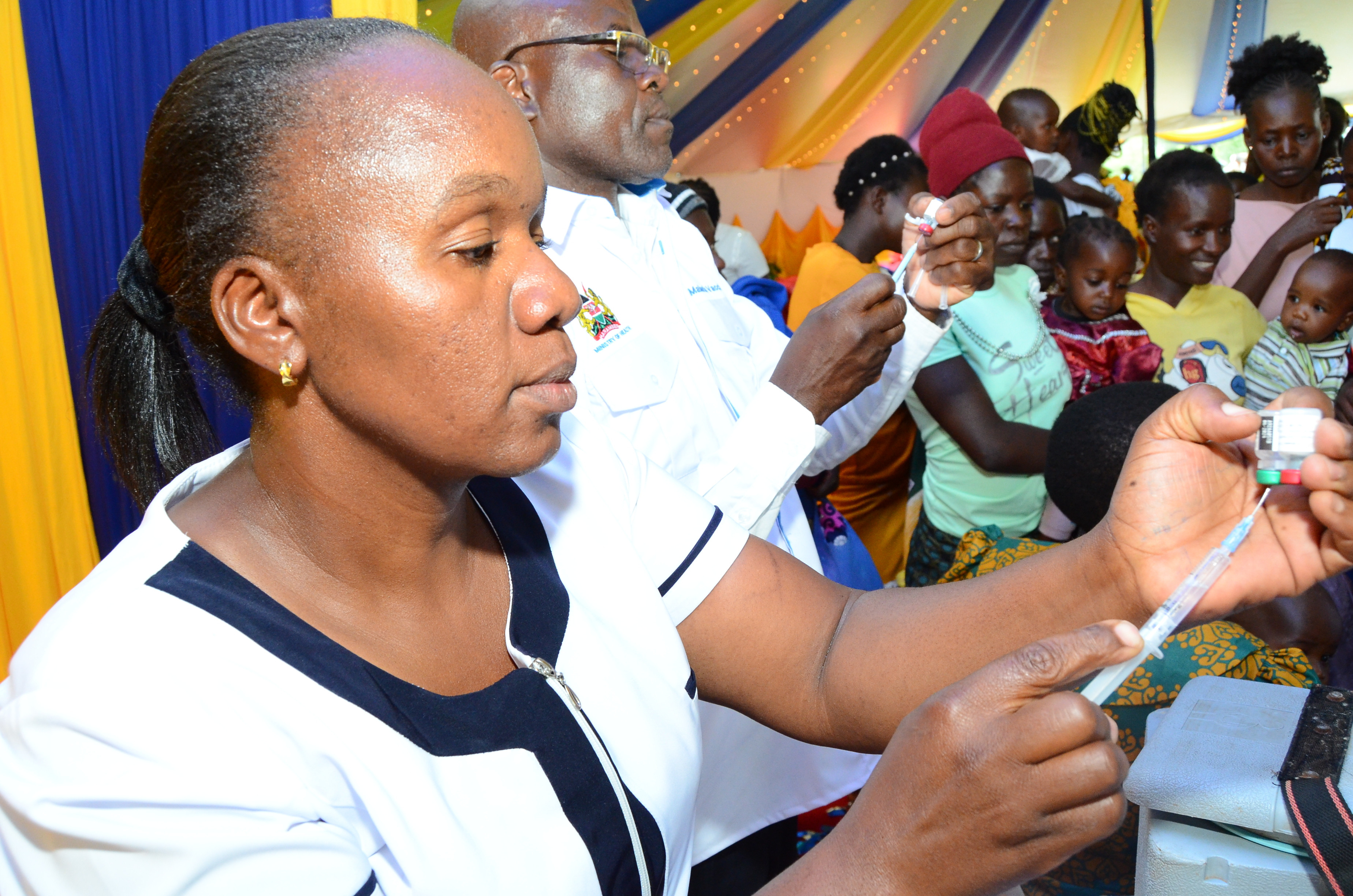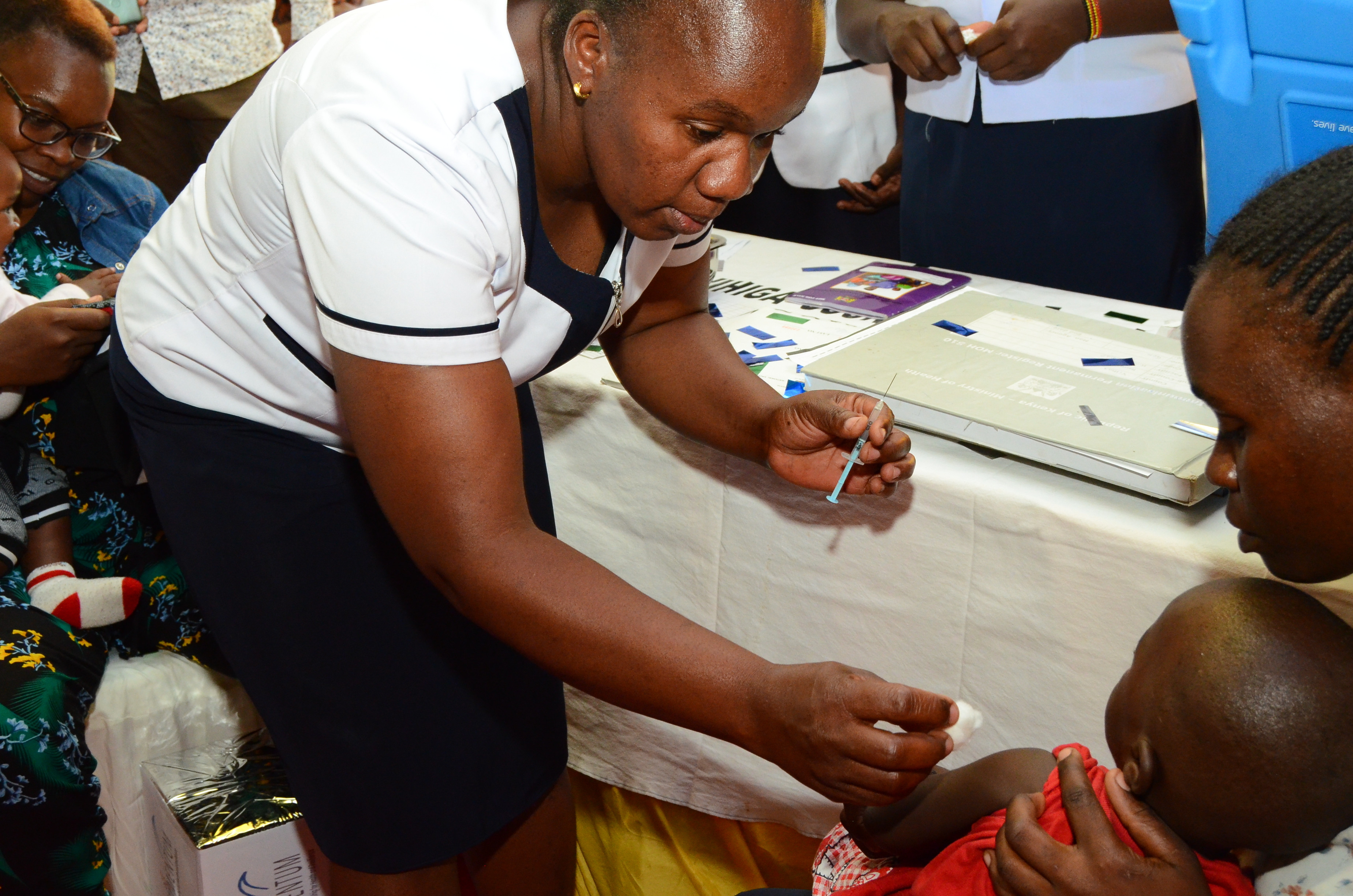New Vaccines Bring Hope to the Fight Against Malaria

I grew up on the beautiful slopes of Mt. Elgon in Kenya, surrounded by breathtaking scenery but also by the constant threat of malaria. While I survived countless bouts of the disease, many of my peers weren’t as fortunate, including my best friend, Janet. Raised by her grandmother, Janet faced many challenges but remained kind and resilient. One Christmas Eve, despite being weak from malaria, she walked miles to grind maize flour for her family. Tragically, her condition worsened, and despite desperate efforts to get her to a hospital, it was too late. Her death is a painful reminder of the devastating toll malaria takes. And it reflects the harsh reality for many children in Africa, where preventable deaths continue due to limited access to health care and preventive measures.
My own experience with malaria was also fraught with challenges. I endured repeated infections marked by fever, chills and fatigue and suffered eye damage from a reaction to chloroquine, a common treatment that I turned out to be allergic to. Unlike Janet, I was fortunate to receive timely medical care, thanks to my mother’s swift actions.
Even today, nearly every minute, malaria continues to claim young lives across Africa. Yet, there is hope with the availability of two groundbreaking vaccines: the RTS,S/AS01 vaccine and the R21/Matrix-M vaccine, both offering powerful tools to protect children from this deadly disease. Developed through years of rigorous research, these vaccines have been shown to reduce child deaths from malaria and decrease the frequency of malaria infections in children, including severe and deadly cases.
Recommended by the World Health Organization for use in malaria-endemic areas, they provide critical protection to vulnerable children. The RTS,S vaccine (developed by GlaxoSmithKline in partnership with PATH and the Malaria Vaccine Initiative) and the R21 vaccine (developed by the University of Oxford) represent monumental progress in the fight against malaria, highlighting the relentless efforts of researchers and global health organizations to move us closer to a malaria-free world.
However, these vaccines alone are not enough. To maximize their impact, they must be used alongside proven preventive measures such as insecticide-treated bed nets and other public health interventions. This integrated approach is essential for effectively combating malaria and ensuring that the promise of these vaccines translates into lasting change for vulnerable populations across Africa and beyond.
In 2024, I staffed a media site visit to Vihiga County, Kenya, where I witnessed the profound impact of the RTS,S vaccine as it expanded to more malaria-endemic regions after a successful pilot in Kenya, Malawi and Ghana. Mothers shared heartfelt stories of how the vaccine had protected their children from severe malaria and saved lives. The hope and optimism on their faces were deeply moving, highlighting the life-changing potential of this vaccine for communities hardest hit by malaria. This progress is now reaching more countries across Africa, offering real hope for a future with fewer lives lost to this deadly disease.

By December 2024, 17 African countries had started using malaria vaccines in some regions, and over 30 more were planning wider rollouts, showing major progress in fighting the disease. The extraordinary demand highlights the urgent need to scale up vaccine production to meet the needs of children across the continent. These vaccines, the result of years of research, are game-changers, offering hope to families and moving us closer to a future where malaria no longer claims so many young lives.
I echo the words of Dr. Tedros Adhanom Ghebreyesus, WHO director-general, who once dreamed of a safe and effective malaria vaccine becoming a reality. Today, that dream is saving lives and offering hope for a brighter, healthier future in malaria-affected regions. To honor my friend Janet and the countless others lost to this preventable disease, we must sustain this momentum by scaling up vaccine production, integrating these vaccines into national malaria control plans and maintaining proven public health measures. With widespread use, malaria vaccines have the potential to significantly reduce the disease's impact and save countless lives. Together, we can ensure Janet’s story is not repeated and move closer to a malaria-free world.